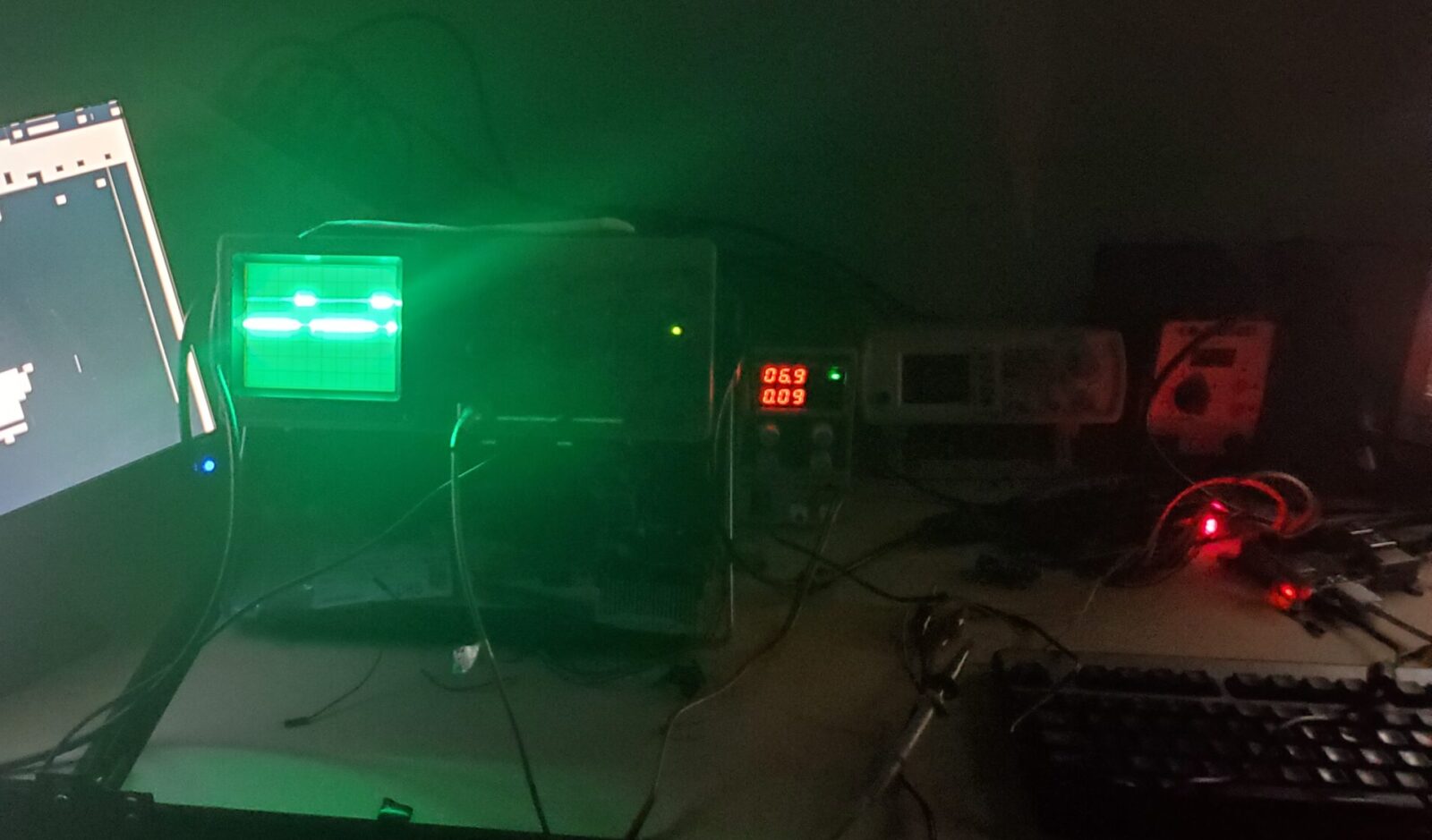Comet NEOWISE
As an astronomy hobbyist, my only major gripe with the solar system is its predictability. With the motions of nearly all the planetary bodies being so well understood, the exact time of every eclipse, transit, or conjunction can be known centuries in advance. While this doesn’t rob these events of their spectacle, it can make the downtime between them feel somewhat disappointing. This is part of the reason why I love long-period and near-parabolic comets. In a word of near-perfect predictability, there’s still almost no telling when an icy visitor from the far reaches of our solar system might come racing through the inner planets.
The last time we were visited by a comet visible to the naked eye was arguably 2011 with comet Lovejoy. Sadly, I was in the wrong hemisphere to observe it, although I do remember its perilous journey through the Sun being a hot topic of discussion in my fifth grade class. Since then, we had an unfortunate decade-long comet drought during which I graduated both middle school and high school, started my first year of college, and promptly got sent home by a global pandemic. However, like any plague year worth its salt, 2020 also blessed us with a comet.
Using the colloquial name of Comet NEOWISE to refer to a single comet is perhaps disrespectful to the WISE spacecraft as a whole. In reality C/2020 F3 (NEOWISE) is only one of dozens of comets discovered by the Wide-field Infrared Survey Explorer during its secondary mission phase, during which it was rebranded as NEOWISE (a clever prefix meaning both “new” and “Near Earth Object”). After being discovered as a fuzzy streak on a space telescope image in late March, C/2020 F3 quickly careened towards the sun over the coming months, becoming visible to the naked eye around June. This was also when the comet started to pop up on my radar.
I knew I wasn’t going to miss this once in a decade (or rarer) experience to catch a visible comet. As a result of their trajectory through the solar system, comets are usually only visible at their brightest in the early evening or early morning, the latter being true in this case. Months of poor sleep conditioning more or less prevented me from attempting to wake up at 4 am to catch it, so I hatched another plan after a late night gaming session with some of my high school friends. Instead of waking up early to see it, I would simply stay up all night and then head out around 3 am. After all my friends finally went to bed, I started to get ready.
In an ideal situation, I would be able to simply take my telescope outside the house and catch the comet from there. Unfortunately, the house I was living in at the time was built on a hill and surrounded by trees, meaning that the comet would be below the horizon from that position when it would be brightest in the sky. Instead, I planned to head out to an overlook on the other side of town with a canyon directly to the east. Since the comet was due to rise from the northeast, I thought this would give me a good vantage point to catch it unobscured.
I loaded up my car with all my telescope equipment and some chairs and headed for the other side of town, stopping at a 7/11 along the way to fuel up on caffeine. Data dutifully copied from Stellarium gave me the exact time and location where the comet would become visible. I started setting up on a dirt patch at the far east side of the overlook and used a compass and clinometer on my phone to try and fine-tune my position as Venus began to appear in the east. It was then that I realized my problem: the overlook had a row of trees to the north that threatened to completely block my view of the comet. With only 10 or so precious minutes to go before it would be visible, I frantically rushed to pack up my gear and drive to my backup spot at the water district a mile away. I was just running the tripod back to my car when I saw something out of the corner of my eye.
Situated almost perfectly between two tall pines to my left, I noticed a white smudge slowly fading into view. In disbelief I turned to face it, and got my first ever glimpse of a comet with my own naked eyes. I’ll admit: I yelled in elation (potentially waking some local homeowners in the process) and ran back to my car to set up my gear again. As the comet rose through the trees, I was able to get a finer glimpse at its main tail of ice and dust with my telescope, along with its faint blue ion tail coming off at a different angle.
Unfortunately, this was a few months before I made my eyepiece phone adaptor, so I wasn’t able to get any hi-res photos of the comet through my scope. However, the comet was bright enough to capture with my phone camera, provided I used the right settings. Beleive me though, the pictures below cannot convey even a fraction of what it was like to experience it in person:




